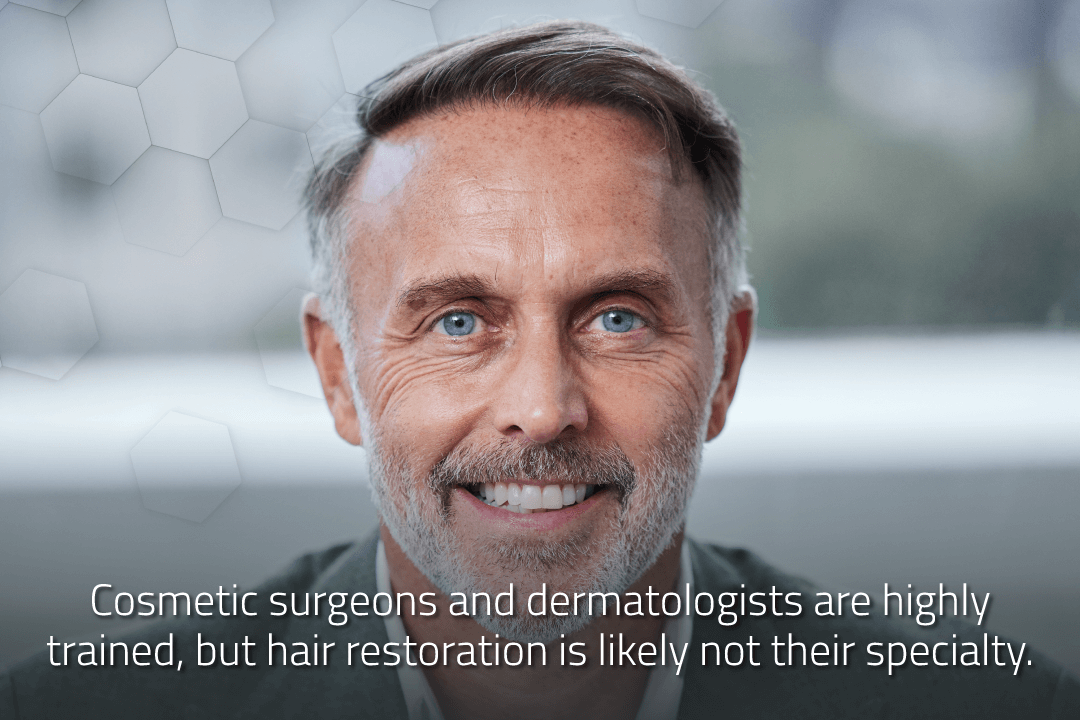Hair loss can affect daily life, and many people seek effective solutions outside of traditional medical treatments. While the market is flooded with products and promises, many non-medical approaches have emerged. If you’re exploring options for hair restoration, the following treatments deserve your attention:
1. Platelet-Rich Plasma (PRP)
PRP therapy involves using your body’s own blood to encourage hair growth. During this treatment, a small sample of your blood is drawn. The blood is then spun in a centrifuge to separate the platelets. These platelets are rich in growth factors, and when injected back into the scalp, they help stimulate hair follicles.
Many patients report increased hair thickness and a reduction in hair shedding after several sessions. PRP is often chosen because it uses natural components from your own body, reducing the risk of allergic reactions or side effects. While results vary, this approach offers a supportive environment for thinning hair to regain strength and density.
2. Hair Loss Medications
Several medications specifically designed to address hair loss can be effective in slowing down or even reversing certain types of hair thinning. Two treatments are minoxidil and finasteride. Available over the counter in liquid or foam formulations, minoxidil is applied directly to the scalp and can stimulate hair regrowth by improving blood flow to hair follicles. Finasteride works by blocking the production of dihydrotestosterone (DHT), a hormone linked to follicle shrinkage. It is not typically prescribed for women and is contraindicated during pregnancy.
3. Follicular Unit Transplantation (FUT)
FUT is a well-established hair restoration method that involves transplanting hair follicles in small, natural groupings from a donor area (often the back of your head) to thinning or bald areas. The process starts with removing a thin strip of scalp, which is then divided into tiny grafts. Surgeons carefully place each follicular unit in areas experiencing hair loss.
Many choose FUT for its ability to move a large number of follicles at once, often resulting in a fuller appearance. This approach offers a long-term improvement. Scarring is minimal and often hidden under existing hair. This makes FUT suitable for many people struggling with larger areas of loss.
4. Follicular Unit Extraction (FUE)
FUE offers a newer technique for those who prefer less invasive procedures. Instead of removing a strip of scalp, FUE uses a tiny punch tool to harvest individual hair follicles directly from the donor site. These follicles are then implanted where hair is thinning. This method leaves only small, barely visible dots. It leads to a faster recovery than traditional transplantation. People often select FUE if they want to keep their hair short or if they seek minimal disruption to their daily routine.
5. ACell Therapy
ACell therapy provides another innovative choice for those exploring non-drug hair loss solutions. Using a regenerative medicine approach, ACell’s specialized matrix helps repair and revitalize aging or damaged hair follicles. The matrix, often combined with PRP, is injected into the scalp to improve follicle health. The treatment seeks to slow shedding, foster regrowth, and support existing follicles.
Find a Hair Restoration Clinic Near You
Exploring non-medical hair loss treatments offers several paths to restoring hair. Whether you opt for PRP, consider transplantation, try supportive therapies such as ACell, or monitor changes linked to weight management, each method offers a proactive approach. Consult with a hair restoration clinic, share your goals and concerns, and take an active role in your hair restoration plan.


Leave a Reply